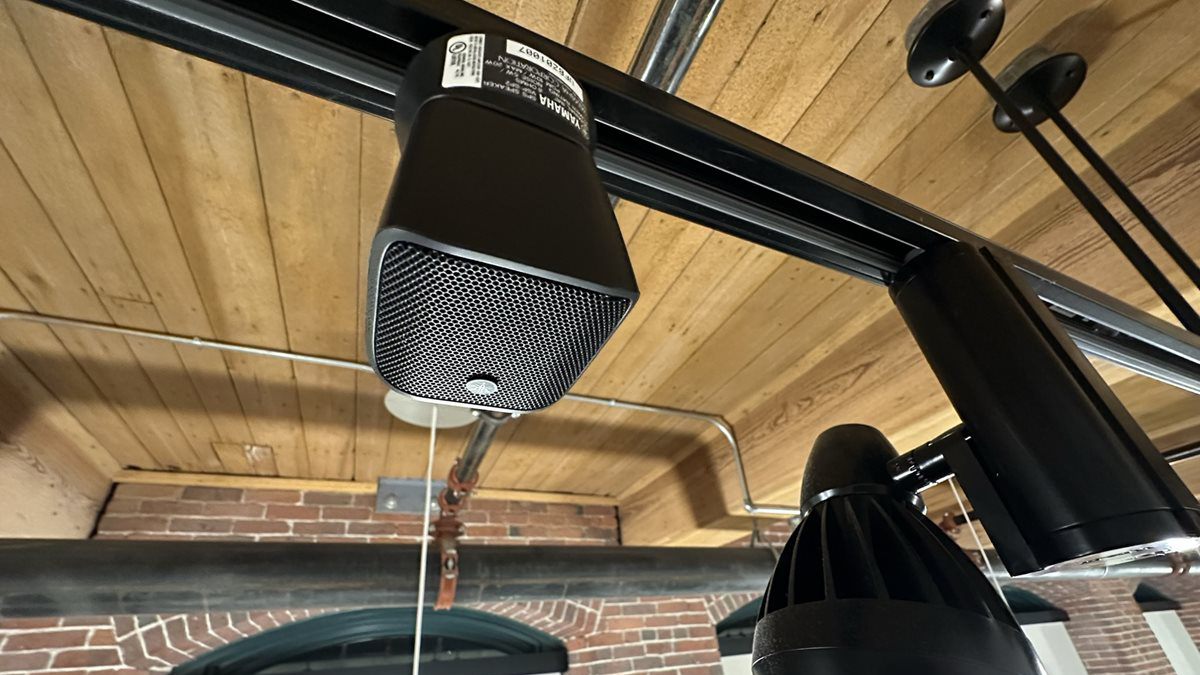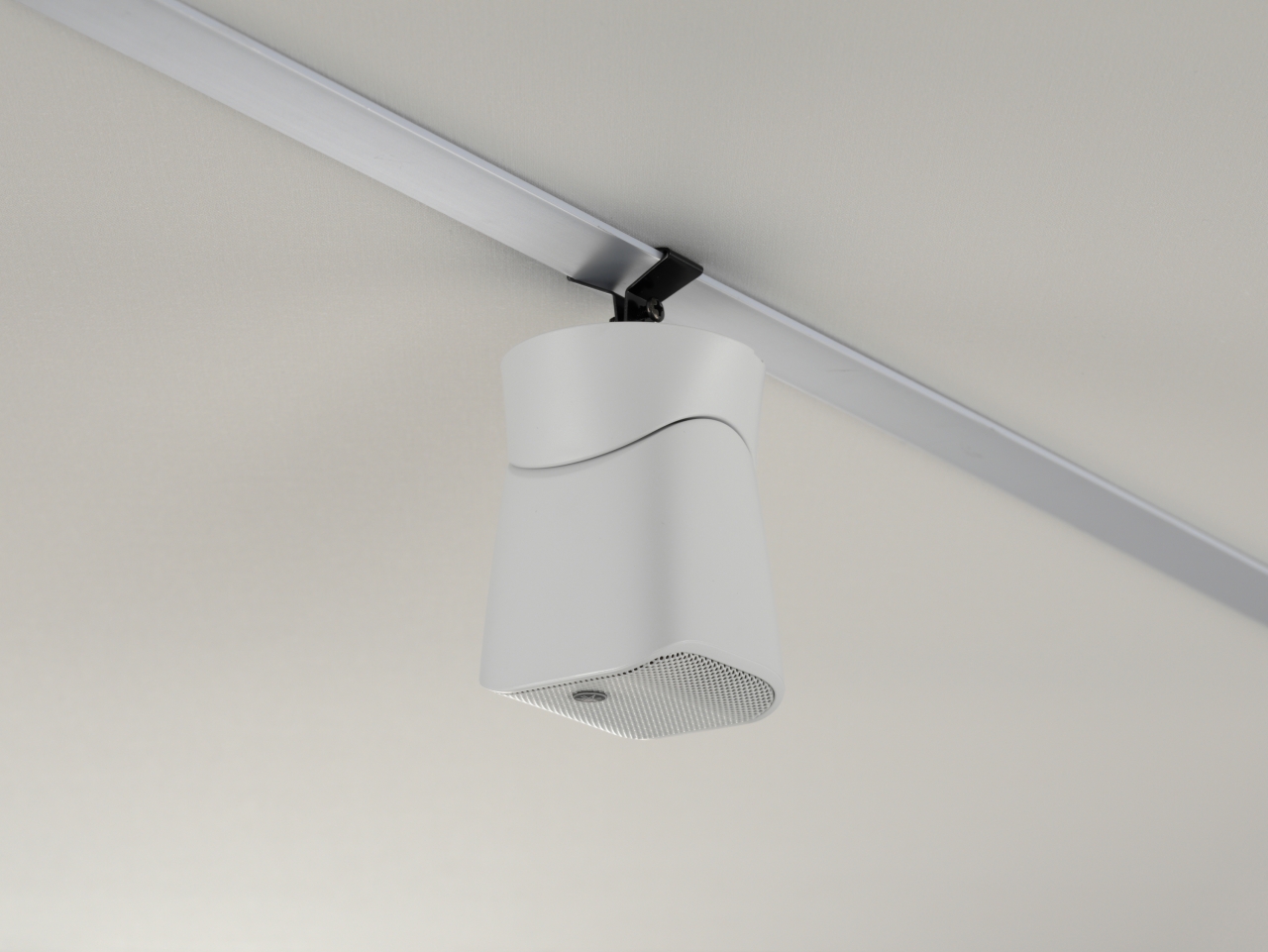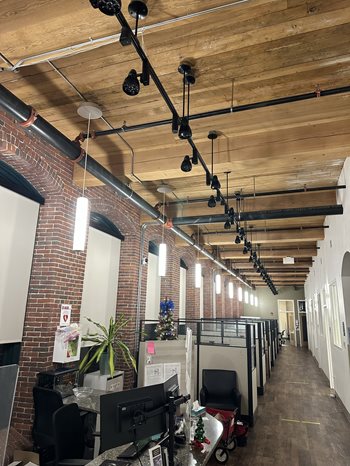How a Speech Privacy System for Sound Masking Protects Sensitive Conversations
VSP-2 ensures compliance without causing distractions in an addiction treatment and recovery center.

Keeping sensitive conversations protected and private in certain environments is not only essential but part of mandated protocols. This is especially true at the Lowell House Addiction Treatment and Recovery in Lowell, MA. Yamaha Unified Communications has provided an alternative method to mask sound and protect sensitive conversations at the addiction treatment and recovery center.
Matthew Brown, the chief operating officer of Lowell House, chose to install two VSP-2 control units and sixteen speakers in the building's office hallways and near the front desk. As an addiction treatment and recovery organization, the Lowell House falls under both HIPAA (Health Insurance Portability and Accountability Act) regulations and 42 CFR Part 2, which mandates the confidentiality of substance abuse disorder patient records, making the installation of the VSP-2 invaluable.
“The VSP-2 Speech Privacy System was designed to protect medical offices from patient confidentiality risk and liability,” said Balazs Boldog CTS, speech privacy consultant and integrator on this project. “Plus, it’s quieter than typical noise machines, creating a more relaxing acoustic environment for patients and doctors.”
[Yamaha UC and 10 More Speakerphones for Today's Workspace]

Available in white or black, the VSP-2 Speech Privacy System consists of a control unit and two compact micro-speakers. Using a custom combination of natural sounds, including Yamaha’s unique Info-Masking technology made from human phonemes, the VSP-2 masks sensitive information at up to 8 dB lower than traditional sound masking systems. The micro speakers are easily installable or can be retrofitted into existing conference rooms using the included mounting solutions without the need to cut through structures.
[Yamaha's ADECIA Solutions Are Certified for Zoom—And That's a Good Thing]
Prior to installing the VSP-2, to combat the risk of information leakage, staff members placed floor speakers playing white noise and other ambient sounds in the outpatient clinic hallway to mask the sensitive conversations happening in offices and at the front desk. With this makeshift solution, speech was protected, but employees found the environment distracting, with multiple speakers emitting crickets and ocean sounds simultaneously.
A daily selection of features, industry news, and analysis for AV/IT professionals. Sign up below.
The VSP-2’s customized combination of environmental sounds and phonemes—units of sound in a specified language that distinguish one word from another—successfully covered Lowell House’s sensitive conversation areas without creating annoying background noise, allowing the removal of Lowell’s previous method, floor speakers.

"The natural sounds from the VSP-2 are loud enough to do what it needs to do but quiet enough to not be distracting," said Brown. "People in the office can’t hear conversations outside, and people in the cubicles can’t hear conversations in the private offices. Plus, removing the floor speakers kept clients from tripping over tangled wires and units.”
[Blueprint for Success: Learn from the Past, Shape Your Future]
Tuning the VSP-2 for the first time took little effort. The staff quickly found their preferred sound volume and speech privacy levels (overall volume at level five, environment sound at level four, and speech masking sound at level four). The VSP-2 stays powered on each day without any need for adjustment.
After the success of the installation, Brown is now considering adding additional VSP-2 systems outside the conference room, the back hallway, and the executive suite.
The AVNetwork staff are storytellers focused on the professional audiovisual and technology industry. Their mission is to keep readers up-to-date on the latest AV/IT industry and product news, emerging trends, and inspiring installations.
